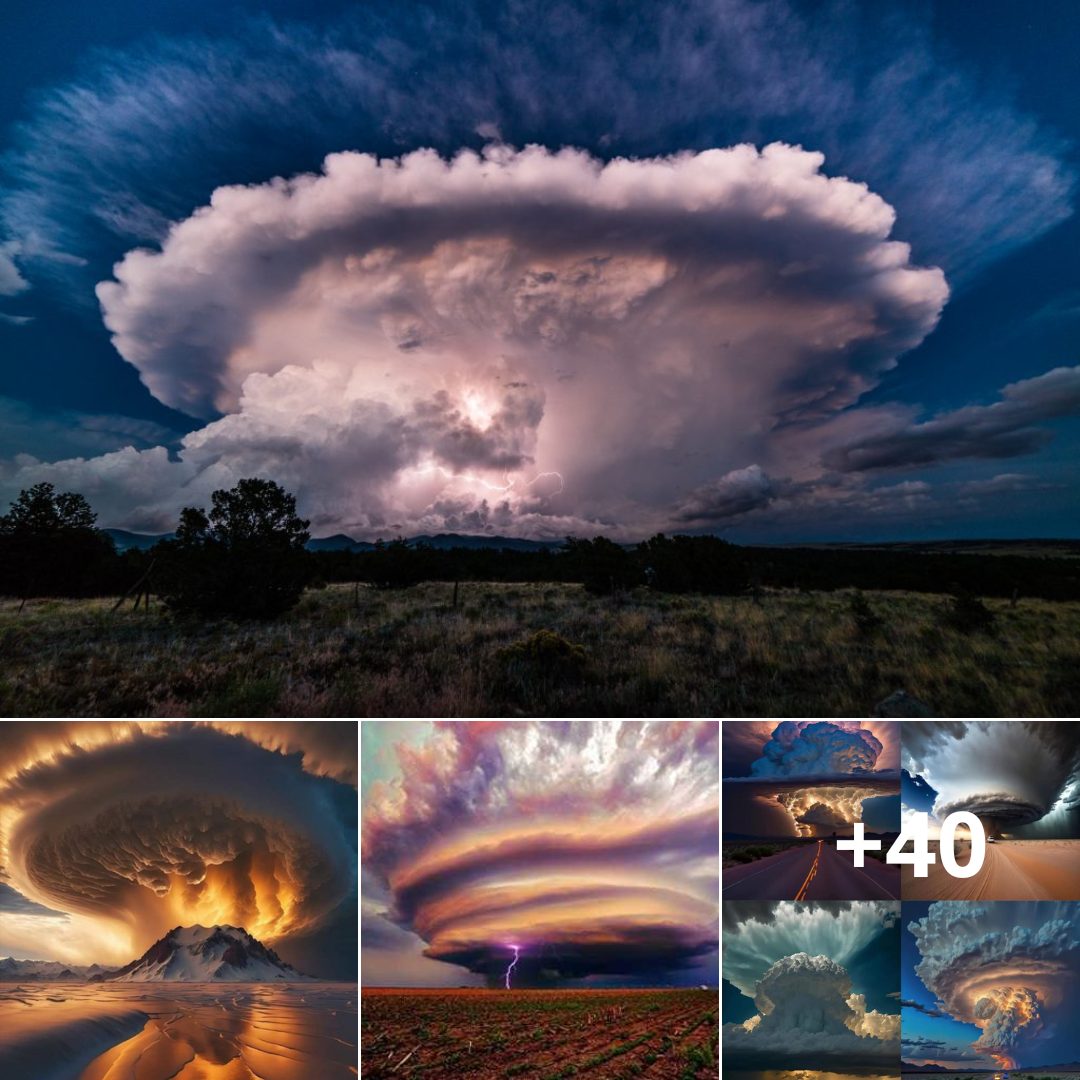It makes up most of the universe, yet hardly anything is known about the so-called Dark Energy that envelopes us.
The unusual ‘something’ – one of the great mysteries of cosmology – is believed to be an unknown force that is pushing things apart more strongly than gravity and causing the universe’s expansion to accelerate.Now, scientists from Imperial College London believe they may finally have an explanation for the source of unknown energy — black holes.
Dr Chris Pearson, study co-author, said: ‘If the theory holds, then this is going to revolutionize the whole of cosmology.’At last we’ve got a solution for the origin of dark energy that’s been perplexing cosmologists and theoretical physicists for more than 20 years.’
Breakthrough: Scientists have found the first evidence that black holes are the source of dark energy. They studied galaxies and the supermassive black holes at the heart of them. Pictured is NGC 1316, a lenticular galaxy about 60 million light-years away in the constellation Fornax
Astronomers have always believed that Dark Energy could revolutionize physics as we know it, because its discovery 20 years ago threatened to blow Albert Einstein’s research out of the water.
The legendary physicist can rest easy for now, however, because the team of international researchers have found the first evidence that Dark Energy really does fit with his Theory of Relativity after all.
The main stumbling block to Einstein’s science – black holes and how their extremely strong gravity could be opposed by a secret force expanding the universe – has been dismissed by experts at the University of Hawaii and Imperial.
They say that the Theory of General Relativity is correct because black holes actually contain Dark Energy, or the energy from space that Einstein originally predicted.
It also means that nothing ‘new’ or undiscovered has to be added to our picture of the universe to account for the ‘missing’ 68 per cent that Dark Energy equates to.Not only that, but the idea of black holes having a ‘singularity’ at their centre where nothing – not even light – can escape, has been brought into question, too.
The new theory provides a way to ‘circumvent’ this mathematical problem, the researchers say, by making the idea of a singularity ‘go away’.
Confused?
Essentially, the Big Bang theory of the creation of our universe originally predicted that its expansion would slow down – or even begin to contract – because of the pull of gravity.But in 1998, astronomers were surprised to find that not only was the universe still expanding, this expansion was also accelerating.
To account for this discovery, it was proposed that a ‘Dark Energy’ was responsible for pushing things apart more strongly than gravity. This was linked to a concept Einstein had proposed but later discarded — a ‘cosmological constant’ that opposed gravity and kept the universe from collapsing.
Black holes posed a problem though — their extremely strong gravity is hard to oppose, especially at their centres, where everything seems to break down in a phenomenon called a ‘singularity’.To dig deeper into the problem, a team of 17 researchers from nine countries studied nine billion years of black hole evolution.
They observed ancient and dormant galaxies and found that black holes gain mass in a way that is consistent with them containing vacuum energy, or Dark Energy.In fact, the size of the universe at different points in time fitted closely with the mass of supermassive black holes at the heart of galaxies.In other words, the amount of Dark Energy in the universe can be accounted for by black hole vacuum energy — meaning black holes are the source of dark energy.
Mystery: The idea of black holes having a ‘singularity’ at their centre where nothing – not even light – can escape, has been brought into question by the research, too. Pictured is the supermassive black hole at the heart of galaxy M87
It means that nothing ‘new’ or undiscovered has to be added to our picture of the universe to account for the ‘missing’ 68 per cent that Dark Energy equates to. Pictured is NGC 524, a lenticular galaxy in the constellation Pisces about 90 million light-years away from Earth
The scientists observed ancient and dormant galaxies and found that black holes gain mass in a way that is consistent with them containing vacuum energy, or Dark Energy. Pictured is NGC 4150, an elliptical galaxy 45 million light years away in the constellation Coma Berenices
Such is the excitement and significance of the discovery, the scientists responsible for the new research said they ‘may have found the answer to one of the biggest problems in cosmology’. Study co-author Dr Dave Clements, from the Department of Physics at Imperial, said: ‘This is a really surprising result. We started off looking at how black holes grow over time, and may have found the answer to one of the biggest problems in cosmology.
The research is the first observational evidence that black holes actually contain vacuum energy and are ‘coupled’ to the expansion of the universe, increasing in mass as the universe expands — a phenomenon called ‘cosmological coupling’. Black holes are formed when massive stars come to the end of their life and are known as supermassive ones when found at the centres of galaxies.
These contain millions to billions of times the mass of our sun inside them in a comparatively small space, creating extremely strong gravity.Black holes can increase in size by accreting matter, such as by swallowing stars that get too close, or by merging with other black holes.
However, the researchers found that this increase in mass was ‘significantly bigger’ than what could be explained purely by astrophysical processes such as merging, which led them to the theory that black holes contain Dark Energy and are linked to the expansion of the universe.











